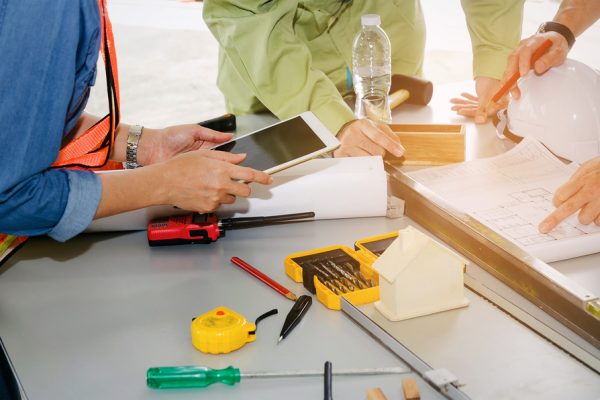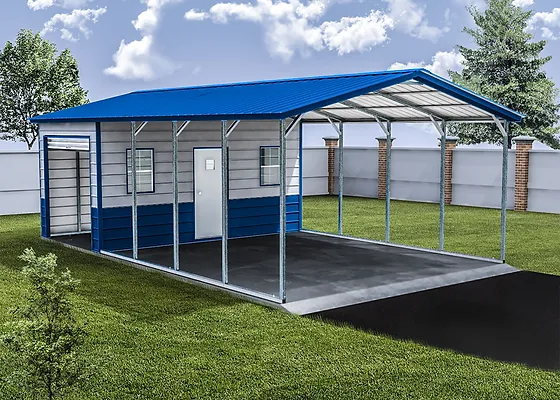In the workplace, where hours are often spent sitting in front of computer screens, back pain has become a widespread condition affecting a significant proportion of the workforce. This discomfort not only impacts productivity, but also the overall quality of life.
The importance of ergonomic furniture in the workplace
The importance of ergonomic furniture in the workplace goes beyond mere aesthetics, as it plays a key role in promoting employee well-being and increasing productivity.
Ergonomic furniture is specifically designed to support the natural posture of the human body, reducing strain on muscles and joints. For example, an ergonomically designed chair supports the lower back, promotes proper alignment of the spine and encourages dynamic sitting, a concept that facilitates subtle movements even while seated.
This can significantly reduce the incidence of musculoskeletal disorders, which are common among office workers due to long periods of sedentary work.
In addition, ergonomic furniture can be adjusted to suit individual body types and working styles, making it a versatile solution in different work environments.
A prominent example of ergonomic furniture is the standing desk, which addresses the health risks associated with prolonged sitting, such as cardiovascular disease and obesity.
Standing desks allow employees to alternate between sitting and standing throughout the day, improving circulation and engaging different muscle groups. This not only helps to reduce back pain, but also improves concentration and energy levels.
Taking regular breaks to relieve back pain at work
As employees go through their daily routines, which are often characterised by uninterrupted periods of sitting, the strain on the spinal structures accumulates.
This scenario underscores the need to incorporate regular breaks into the workday as a countermeasure against the onset of back problems. Scientific studies have shown that short, frequent breaks to stand, stretch and walk can significantly relieve pressure on the spine and surrounding muscles.
For example, following the 20-20-20 rule – taking a 20-second break every 20 minutes to look at something 20 feet away – can reduce strain on your eyes as well as your back.
Incorporating specific stretches and movements during these breaks can also increase their effectiveness. For example, a simple routine of shoulder shrugs, neck rolls and gentle forward bends can do wonders to relieve tension in the upper back and neck.
Reduce back pain by correct screen distance and monitor position
Incorrect monitor distance and positioning are major contributors to back pain in the office, leading to poor posture and strain on the cervical spine.
Proper monitor placement is essential; ideally, the screen’s top edge should be at or just below eye level. This helps keep the neck in a neutral position, thereby reducing strain.
Positioning the monitor about an arm’s length from you is a good rule of thumb, with additional tweaks made to suit personal vision and comfort. Adjustments to the monitor’s tilt and swivel can further improve the viewing experience and comfort, making sure that the screen’s centre is approximately 15-20 degrees below eye level for optimal reading and typing posture.
Screen placement should also take into account external factors such as lighting and glare. Monitors positioned perpendicular to windows and with adjustable brightness settings can reduce eye strain, which is often associated with back problems.











